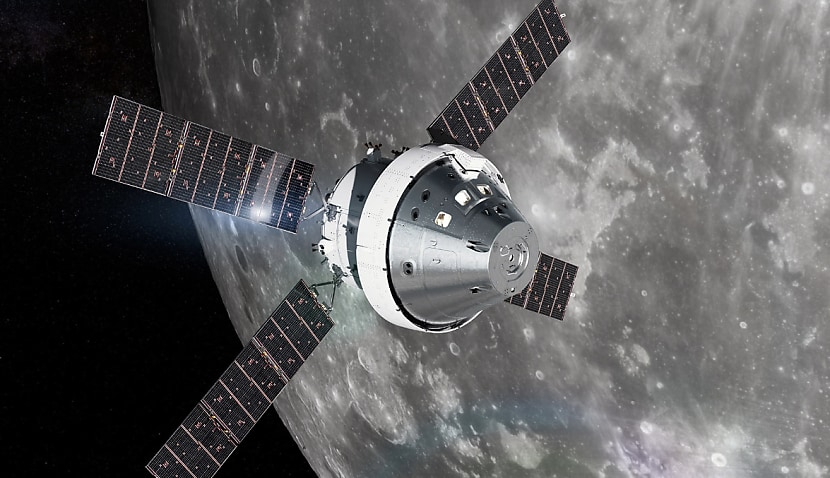
The deal with Lockheed Martin means the two companies will provide precision machined components for the crew module of Orion that will eventually be home to four astronauts.
Orion previously travelled around the moon last year, without crew, as part of the Artemis 1 test mission. It will be followed next year by Artemis 2, which will send humans around the moon before Artemis 3 returns people to the lunar surface.
Lockheed said Axiom and Nupress were identified as potential partners after establishing themselves as industry partners on the F-35 fighter jet program.
Both companies were awarded contracts under Lockheed Martin’s Global Supply Chain Program agreement with the Commonwealth of Australia.
“Nupress is honoured to strengthen our partnership with Lockheed Martin through the Orion spacecraft program,” Nupress chief executive officer Craig McWilliam said.
“This opportunity reinforces our commitment to world-class manufacturing that delivers successful outcomes.
“We are excited to continue our journey in the space sector and work with Lockheed Martin to support NASA’s missions to the moon.”
The Orion production and operations contract, an indefinite-delivery, indefinite-quantity (IDIQ) contract, encompasses up to 12 vehicles divided into three or four different orders.
Up to six additional Orion spacecraft may be ordered under the IDIQ contract, leveraging production cost data from the previous six missions to enable optimised unit prices.
While Lockheed oversees Orion’s crew element, Airbus manufactures the lower service module that propels the spacecraft forward and provides the crew with water and oxygen.
Space Connect previously reported how the Orion spacecraft capsule re-entered the Earth’s atmosphere in December last year after completing its 26-day journey around the moon.
Orion’s re-entry broke records, being the hottest and fastest re-entry of any spacecraft in history.
The capsule “skipped” off the Earth’s atmosphere to burn off the excess speed that it had maintained from its initial launch and journey around the moon.
Even after applying this method of deceleration, the Orion capsule still re-entered at a speed of approximately 40,000 km/h, 32 times the speed of sound, and reached temperatures up to 2,800 degrees.
Despite the record speeds and temperatures, the Orion capsule’s re-entry was heralded as a “textbook re-entry”.
Following its harsh re-entry, the capsule deployed 11 parachutes and dropped to a gentle speed of 32 km/h before splashing down in the ocean off the coast of Baja California, Mexico.
Once safely in the ocean, the capsule was picked up by a US Navy ship, the USS Portland, to be transported back to the US.

Adam Thorn
Adam is a journalist who has worked for more than 40 prestigious media brands in the UK and Australia. Since 2005, his varied career has included stints as a reporter, copy editor, feature writer and editor for publications as diverse as Fleet Street newspaper The Sunday Times, fashion bible Jones, media and marketing website Mumbrella as well as lifestyle magazines such as GQ, Woman’s Weekly, Men’s Health and Loaded. He joined Momentum Media in early 2020 and currently writes for Australian Aviation and World of Aviation.
Receive the latest developments and updates on Australia’s space industry direct to your inbox. Subscribe today to Space Connect here.









